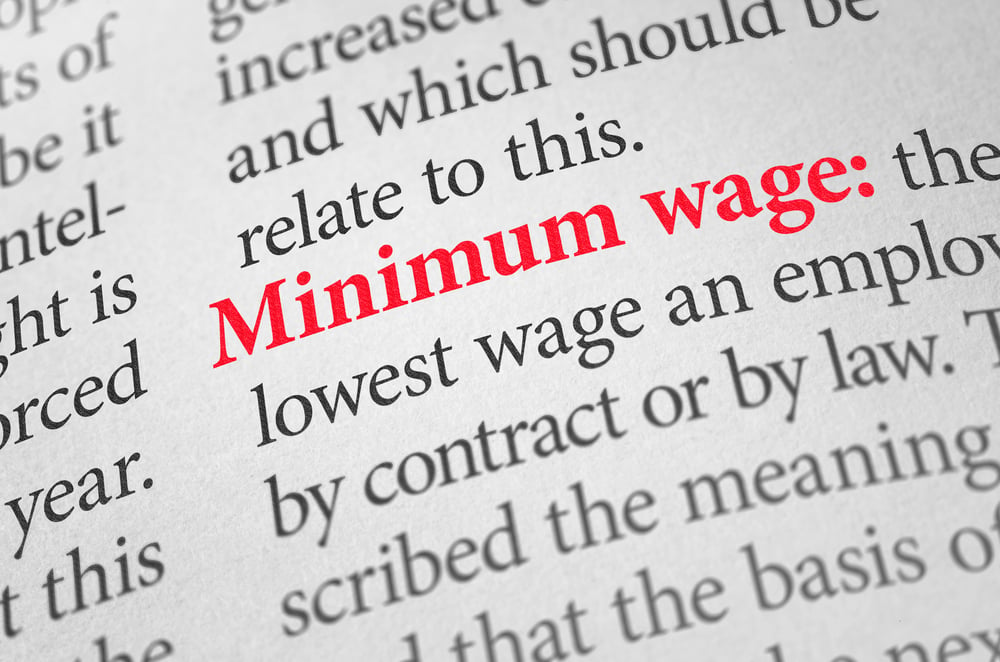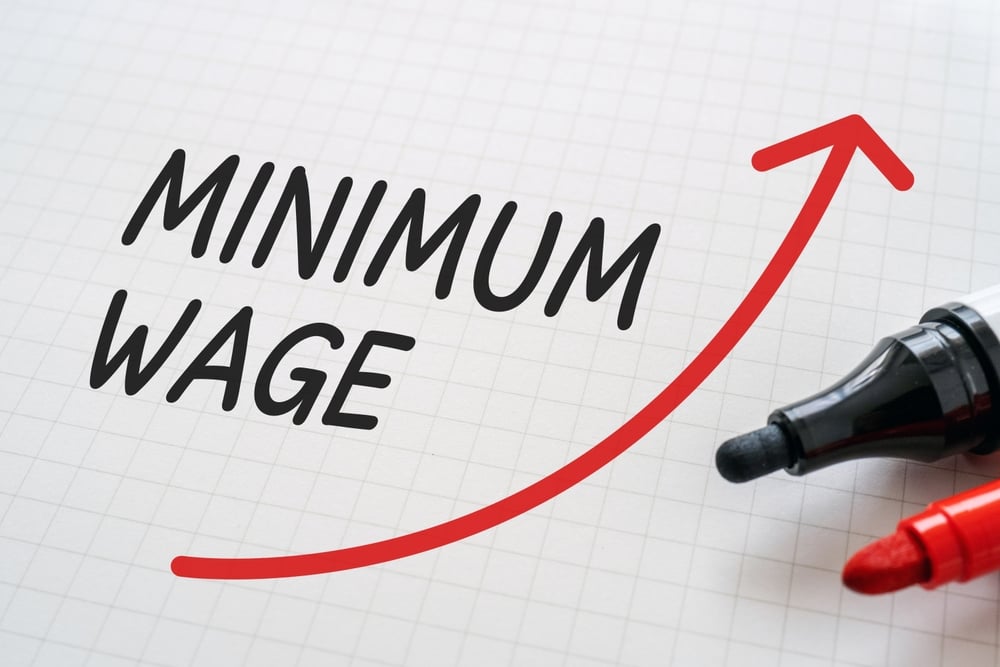For most Americans, the minimum wage is a footnote, a benchmark that affects those in the lower tiers of industry and service sectors of the economy. It is estimated that less than three percent of the US workforce is actually paid that amount.
Mexico minimum wage is the amount paid to about a much greater percentage of the that country’s workforce -- by some estimates, 15 percent of all workers. But the importance of the minimum wage in Mexico extends well beyond hourly earnings and into daily life of millions.
How many vacation days or weeks of severance must an employee be provided? Check the minimum wage tables. How much of a fine must a motorist pay for running a red light? Check the minimum wage tables. How much of a mortgage might a breadwinner afford? The tables of the salario mínimo (Mexican minimum wage) will tell.
The minimum wage in Mexico, set annually by a commission consisting of government, business, and labor, actually sets three minimum wages based on cost-of-living in rural, metropolitan and isolated regions of the country. These divisions recognize what Mexicans experience daily: the first-world costs of Mexico City and other metropolitan areas, and an inexpensive, live-off-the-land existence in rural areas. The division into merely three regions might seem arbitrary to the traveler familiar with Mexico; there are settings in Mexico where life is more expensive than Manhattan, and, (to the contrary) villages where housing is all-but-free. (The three divisions represents a major consolidation from a decade ago when there were more than a dozen minimum-wage categories.)
Minimum wages in Mexico are set on a daily basis. The minimum wage for 2012 in the most expensive zone, Area A, is 62.33 pesos, or $4.98, based on $/12.5 pesos. That is up 4.2 percent from last year. Area A includes Baja California, Baja California Sur, Mexico City; some municipalities of the states of: Mexico, Sonora, Tamaulipas Veracruz and Chihuahua. Area B, where the minimum is 60.57 pesos, or $4.84, includes Jalisco, Nuevo León and some municipalities of the States of Sonora, Tamaulipas y Veracruz. Area C, where the wage is 59.08 pesos. or $4.72, includes Aguascalientes, Guerrero, Quintana Roo, Nayarit, Oaxaca, Puebla, Querétaro, San Luis Potosí, Sinaloa, Tabasco, Tlaxcala, Yucatán, Zacatecas, Morelos, Michoacán, Hidalgo, Guanajuato, Durango, Chiapas, Coahuila, Campeche, and some munipalities of Veracruz, Nuevo León, Sonora, Tamaulipas, Jalisco, and Chihuahua
Current Mexican minimum wages are said to cover 83 percent of the poverty line needs. This poverty line takes into account the most modest of public transport, nutrition and energy costs.
The wage is set by Comisión Nacional de los Salarios Mínimos, (National Minimum Wage Commission), known as CONASAMI. It is a governmental entity created in 1962 and tasked with carrying out Article 94 of the Federal Labor Law. The Commission's research department, Dirección Técnica, conducts surveys and studies to determine the wage. It examines inflation, productivity and other factors in setting the rate.
Generally, employers in Mexico pay 15- to 20-percent over minimum to unskilled employees. Employers often pay workers more than the minimum wage in Mexico. Mortgage loans from INFONAVIT, Fondo Nacional de la Vivienda para los Trabajadores (the National Worker Housing Fund), are based on those reported salaries and the employer's in-kind contributions.
As modest as the minimum may appear to be, it is actually superior to the amount earned by workers in what is called Mexico's "informal" economy. It is believed that as much as 40 percent of Mexico's economy is, in some respect, "informal,"meaning that no earnings, or corresponding benefits, are reported to any governmental entity.
The minimum wage is used to penalize both civil and criminal violations throughout the country. For example, driving on a median or in the wrong lane in Mexico City can result in a fine of five- to 10-times the minimum salary.
Evasion of Mexican minimum wage laws by an employer, under Articles 386 and 387, Section XVII of the Federal Penal Code, carries criminal sanctions and, not surprisingly, fines based on multiples of that minimum.
Subscribe
Sign up and stay informed with tips, updates, and best practices for manufacturing in Mexico.





